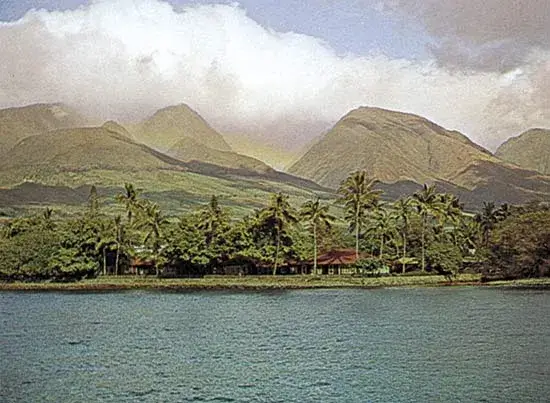Awaiaulu provides a mentorship training in translation that progresses in 2-year phases.
Translation trainees from Phase I, Kalei Kawaʻa and Kamuela Yim, committed to a second phase as trainers-in-training. The second 2-year phase began with Dr. Nogelmeier and the two trainers-in-training selecting, inviting, and securing the commitment of 4 highly-skilled and fluent individuals as interns for translation training: Haʻalilio Solomon, Līhau Maioho, Nāhulu Maioho, and Pilialoha Kamakea-Young.
The training calendar for the duration of the project was planned to proceed in this order: orientation-1 month, translation-18 months, editing-4 months, and manuscript preparation-1 month. Weekly schedules for processing translation assignments were set as follows: Translation interns were to finish assignments and submit them to their trainer prior to meeting together (1 trainer, 2 trainees). Meetings, held Monday evenings for 3-4 hours, allowed the trainer to review and edit the interns’ translations prior to the weekly large-group session with Dr. Nogelmeier. During the 4-hour Wednesday sessions, the trainer and trainees from one team would present their translations, while the other team followed the source text and the mentor’s line-by-line review. This process provided opportunities for extended discussion on such points as vocabulary, grammar, cultural considerations, and historical context.
After the first month of orientation to translation theory and initial practice in various styles of translation, both teams set to work on the selected source text, Ke Aupuni Mōʻī, a reprinted form of Samuel Kamakau’s history of the Hawaiian Kingdom under the rule of Kauikeaouli, Kamehameha III, originally published in the newspaper Kuokoa in the 1860s. The source text, by the ʻAhahui ʻŌlelo Hawaiʻi and Kamehameha Press in 2001, was published in modern orthography, but had to be checked against the original newspaper articles. In this way, the Hawaiian text could be corrected for reprinting, if necessary, while the English translation was being generated.
Ke Aupuni Mōʻī contains 133 chapters, so after initially working together on translations of individual chapters, interns were each assigned their own chapter (3-5 pages) each week. Trainers then had to review two chapters weekly in their meetings, and the Wednesday sessions covered four chapters each week. Progress was steady, and rarely was the review of a chapter postponed to the following week. The entire text was translated and reviewed within the allotted time, and the remainder of the training was spent in reviewing and polishing the translation for eventual publication, which will hopefully be made possible in the near future.
3 chapters, so after initially working together on translations of individual chapters, interns were each assigned their own chapter (3-5 pages) each week. Trainers then had to review two chapters weekly in their meetings, and the Wednesday sessions covered four chapters each week. Progress was steady, and rarely was the review of a chapter postponed to the following week. The entire text was translated and reviewed within the allotted time, and the remainder of the training was spent in reviewing and polishing the translation for eventual publication, which will hopefully be made possible in the near future.



